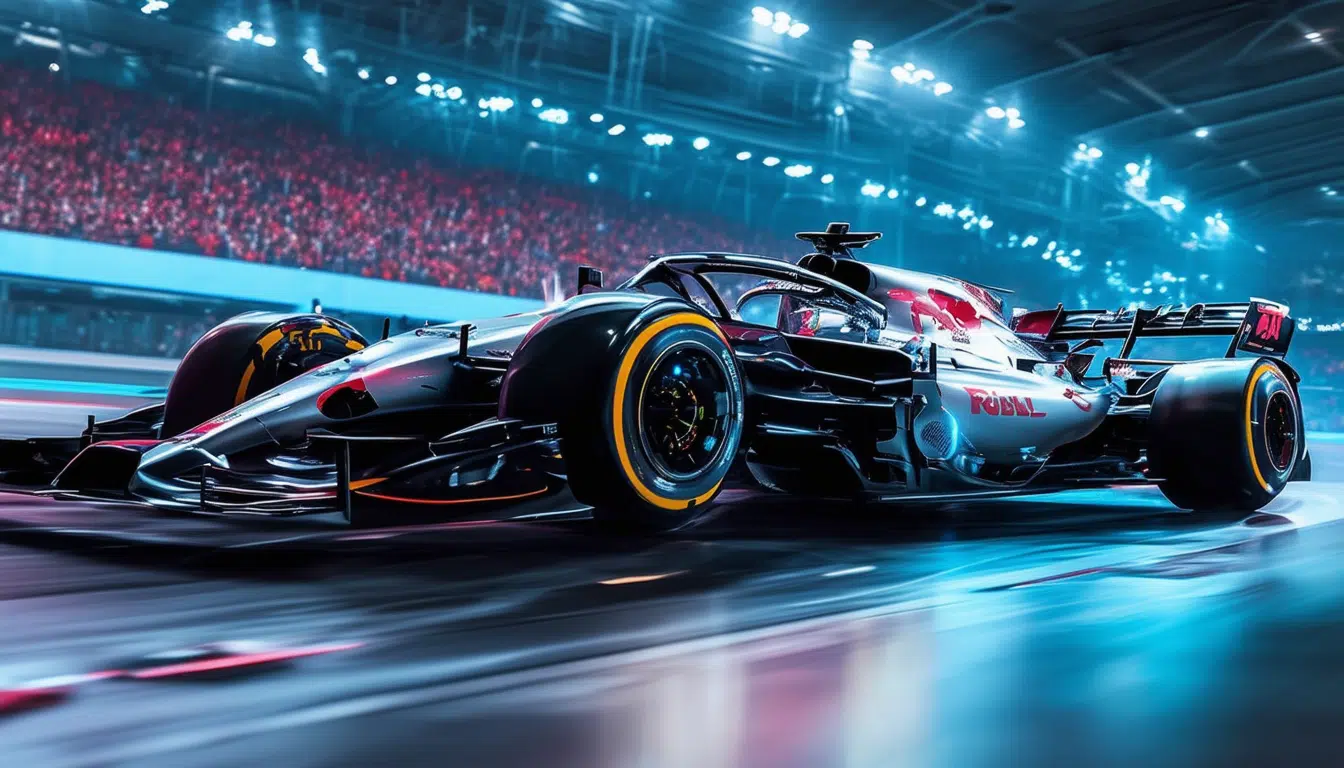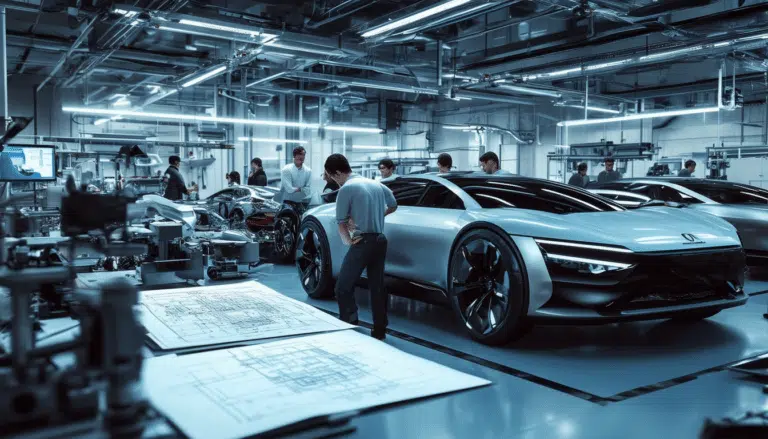F1: Changes in the Regulations for the 2025 and 2026 Seasons

The Formula 1 is about to enter a new era with the changes that will be implemented during the 2025 and 2026 seasons. The FIA has approved a series of modifications aimed at improving safety and the performance of the drivers, as well as facilitating adaptation to a technological future where artificial intelligence will play a crucial role. These new regulations will not only impact how teams design and manage their cars but will also pose interesting challenges for drivers on the track. With a clear focus on sustainability and innovation, Formula 1 is preparing to radically transform its competitive and technical approach.
Formula 1 is entering a new era with the introduction of significant regulatory changes for the 2025 and 2026 seasons. These modifications, approved by the World Motorsport Council of the FIA, aim to enhance driver safety, optimize vehicle performance, and address extreme weather conditions on the circuits. Below are the main reforms that will impact the world of F1.
Improvements in safety: Cooling kits for drivers
One of the most significant changes is the implementation of cooling kits for drivers, which will be activated when the ambient temperature exceeds 30.5 °C. This measure responds to the high temperatures experienced in several Grands Prix, such as Qatar in 2023. With this addition, a maximum weight increase of 5 kg will be allowed for the cars throughout the weekend, ensuring that drivers remain cool and safe in extreme conditions.
Modifications to the DRS and aerodynamic rules
The technical regulations for the 2025 season also include the abolition of the mini DRS, which was used by the McLaren team. This modification includes a change in the dimensions of the slots of the movable wing, establishing that, when closed, the wing must return to its original position without the possibility of stopping in an intermediate position. This will allow for a fairer balance in performance among the various teams.
Use of artificial intelligence in decision-making
In another innovative contribution, the FIA will integrate the use of artificial intelligence in the decision-making process during races. Thanks to this technology, race officials will be able to compare current incidents with past situations, leading to fairer and more consistent decisions. AI will also help to automatically detect common infractions, such as those related to track limits, facilitating its gradual deployment across all FIA championships.
A new era of aerodynamics for 2026
As part of the transition to the 2026 season, a revolutionary concept has been introduced that includes active aerodynamics. This will allow vehicles to have adjustable front wings, improving performance both in straight lines and in corners. Additionally, the bottom of the car will be redesigned, aiming to maximize downforce and optimize other aerodynamic devices, which promises to increase competitiveness on the track.
Outlook and analysis
The introduction of these changes not only reflects the FIA’s commitment to safety and performance but also anticipates an exciting evolution in the sport. With the upcoming incorporation of advanced technologies and a renewed focus on aerodynamics, the 2025 and 2026 seasons are set to be historic for Formula 1, with a significant impact on how drivers and teams prepare to compete.
- Source: Jean-Louis Moncet, automotive expert.
- Article: “The new F1 rules,” by Luc Domenjoz, Le Figaro.
- Interview: Géraldine Gaudy, journalist specialized in motor sports, RMC Sport.
Changes in the Regulations for the 2025 and 2026 Seasons in F1
The modifications approved by the FIA for the 2025 and 2026 seasons of Formula 1 represent a notable advancement towards improving driver safety and performance. The inclusion of cooling kits is an important step in ensuring the comfort and health of competitors during races in hot climates, an aspect that has become crucial in recent years. This initiative not only responds to the demands of the drivers but also reflects the FIA’s commitment to protecting athletes under the most extreme conditions.
Moreover, the elimination of the mini DRS and the modification of aerodynamic regulations underscore the intention to balance the playing field among the teams. These adjustments foster a fairer competition and allow all participants to maximize their skills in pursuit of victory. The FIA clearly wants to avoid allowing technical innovations to disproportionately benefit a single team and seeks to ensure that the excitement of competition remains the focus in every race.
Finally, the incorporation of artificial intelligence in decision-making marks a new era in race management. This technological advancement will not only enable fairer real-time decisions but also provide a more transparent and efficient framework for analyzing incidents. As technology advances, the FIA is adapting and seeking to integrate innovative solutions that benefit both teams and spectators.
Together, these changes reflect a conscious effort by the FIA to create a safer, fairer, and more exciting competitive environment in Formula 1, preparing to tackle the challenges of an ever-evolving landscape with increasingly demanding standards.



